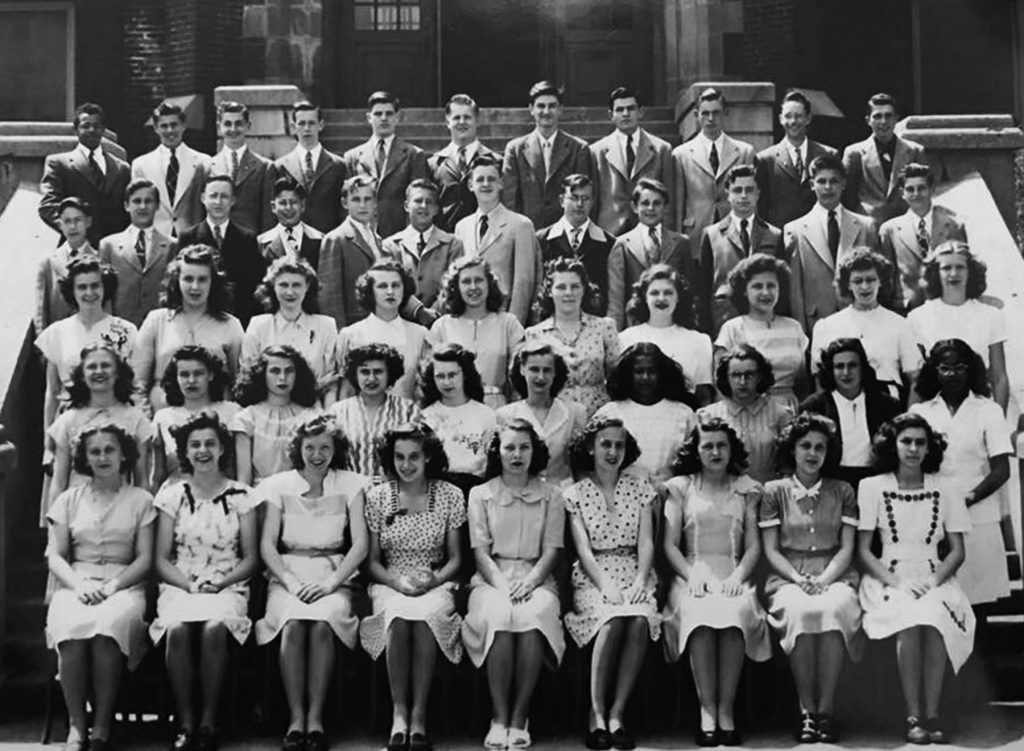
Reflections from Broome County Senior Citzens
My family, like many of yours were born, raised and grew up in the Greater Binghamton area. We are blessed to have heard their stories of how this area has changed and now we want to share them with you. Each month this article will highlight various stories that you, our senior readers, share.
In this edition I spoke with many fun and vibrant guests at the 1st Ward Senior Citizens Center including Roberta Gorman, Carol Moffit, Everett Oakley, Roberta Gorman, John Ruth and John Zumawtzak. From their stories I learned more of what it was like in this great city in a time that shall not be forgotten.
One of the greatest stories they told was about how Binghamton was very much a melting pot of different immigrants who used their money, their talents and their work ethic to make a better city. They told me how they would settle in areas where they had commonality with others. For example, the 1st ward was where the Slovaks lived and the Italians in the area by St. Mary’s Church. Back then it was out of necessity because a neighborhood was more than a collection of homes, it was a family. Immigrant groups had trades that helped them at their job, usually at EJ, and at home, like masonry work and painting. One such person was John, a painter and wallpaper hanger in the 1st ward. He was the man most sought after to paint the top of church domes because of his acrobatic abilities that enabled him to freely swing from side to side, stories up, without any safety net. He was also the man who trained the Kilmer horses for show and race. He used his talents to help others in the neighborhood paint their homes, while others used their talents to put in their sidewalks. Because money and supplies were scarce the families would farm in their backyard, planting corn, tomatoes and other foods and then canning it to save for later. They also raised rabbits and chickens to balance out their diet. And when one needed food from the store others in the neighborhood would share what they had left from their ration book. No one questioned the need, they just gave. And they made things from scratch too including clothing. They would take flour sacks and make broomstick skirts and every week it was common for everyone to gather together to play bean bingo so named because you played for beans and not for money. And the winners would go home and make bean soup with their winnings.
As times advanced into the 30s, 40s and 50s they told of stories about entertainment, cultural norms and businesses in the area. They also talked about the heartbreak of sending a loved one off to war. And they talked about the good times too such as one senior who talked about his new Studebaker that he bought for under $1500, while another talked about the drive-in theatres where for one price a car load of people could watch a movie and enjoy refreshments.
Other seniors talked about bath houses, the term back then for a pool house, as a form of entertainment. And still others talked about their favorite local food haunts and the flooding of Recreation park for ice skating. They even talked about going to weekly dances. It was interesting to hear that back in the 50s, 60s and early 70s if a woman wore pants to a dance it was considered taboo and no respectable man could dance with her.
Through the talk with these seniors I learned that there is a lot of commonality with the people and times of today… people trying to make the best of their surroundings for the people and the community they love.
